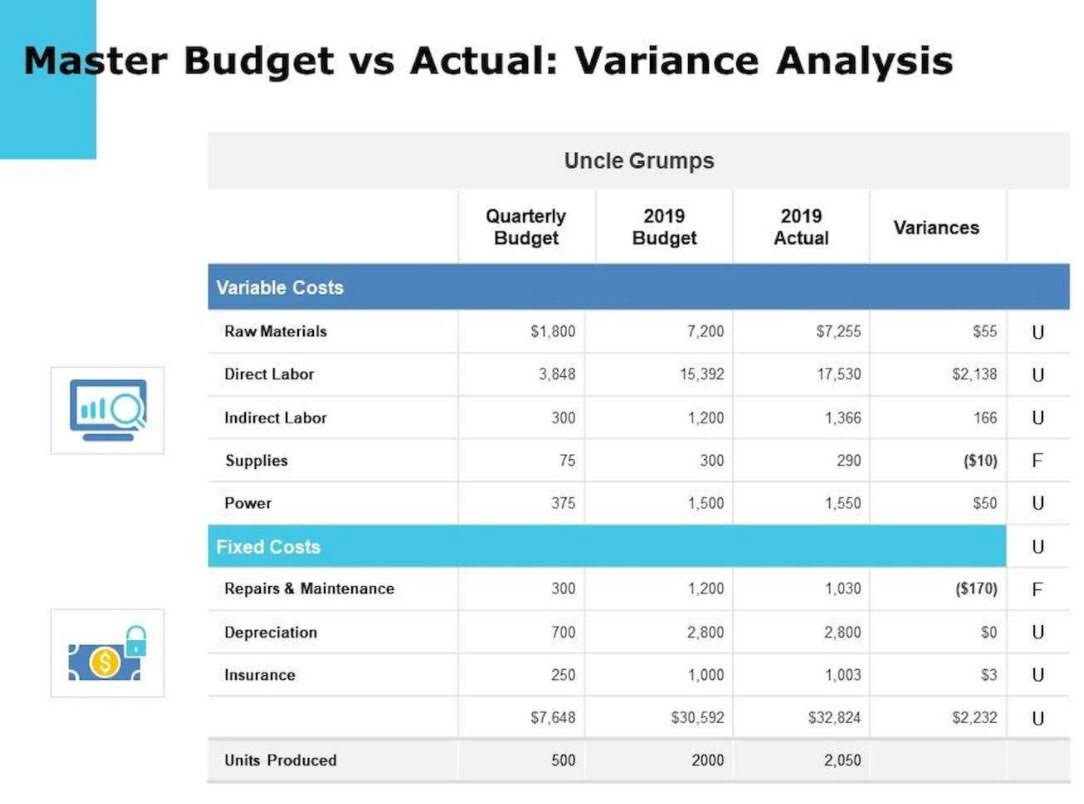
The payback period is calculated by dividing the cost of the investment by the annual cash flow until the cumulative cash flow is positive, which is the payback year. The discounted payback period is often used to better account for some of the shortcomings, such as using the present value of future cash flows. For this reason, the simple payback period may be favorable, while the discounted payback period might indicate an unfavorable investment. Once the payback point is achieved, any additional cash inflows are ignored, which may result in a misleading evaluation of the investmentâ??
- By calculating how fast a business can get its money back on a project or investment, it can compare that number to other projects to see which one involves less risk.
- While the payback period is a valuable tool, it is important to consider it alongside other financial metrics, such as net present value (NPV) and internal rate of return (IRR).
- ✝ To check the rates and terms you may qualify for, SoFi conducts a soft credit pull that will not affect your credit score.
- As you accumulate the cash inflows, keep a running total until it matches or exceeds the initial outlay.
- In cases where the cash inflows are irregular, it can be helpful to calculate the exact time within the final period where the payback occurs.
- Calculating the payback period of an investment involves several straightforward steps.
Company
You can easily buy and sell with just a few clicks on your phone, and view your portfolio on one simple dashboard. The management of Health Supplement Inc. wants to reduce its labor cost by installing a new machine in its production process. For this purpose, two types of machines are available in the market – Machine X and Machine Y. Machine X would cost $18,000 where as Machine Y would cost $15,000. I’m Bill Whitman, the founder of LearnExcel.io, where I combine my passion for education with my deep expertise in technology. With a background in technology writing, I excel at breaking down complex topics into understandable and engaging content.
Payback Period Vs Return On Investment(ROI)

Every investor, be it individual or corporate will want to assess how long it will take for them to get back the initial capital. This is because it is always worthwhile to invest in an opportunity in which there is enough net revenue to cover the initial cost. Management uses the payback period calculation to decide what investments or projects to pursue. The payback period equation also doesn’t take into account the effects an investment might have on the rest of the company’s operations. For instance, new equipment might require a significant amount of expensive power, or might not be able to run as often as it would need to in order to reach the payback goal.
How to Export Revit Schedule to Excel
At that point, each year will need to be balance sheet considered separately and then added up. Moreover, the payback period serves as a “reality check” before delving into more complex financial analyses, such as Net Present Value (NPV) or Internal Rate of Return (IRR). It provides a straightforward assessment that can help stakeholders make informed decisions about resource allocation and investment strategies.
Role in Liquidity Assessment
Using Excel provides an accurate and straightforward way to determine the profitability of potential investments and is a valuable tool for businesses of all sizes. People and corporations mainly invest their money to get paid back, which is why the payback period is so important. In essence, the shorter the payback an investment has, the more attractive it becomes. Determining the payback period is useful for anyone and can be done by dividing the initial investment by the average cash flows.

How do I set up my Excel spreadsheet to calculate payback period?
While the simple payback period is Legal E-Billing easy to calculate and understand, it has limitations. It does not consider the profitability of an investment beyond the payback period, nor does it factor in potential risks or changes in cash flow over time. Therefore, it is often used in conjunction with other financial metrics to provide a more comprehensive evaluation of an investment’s potential returns. Calculating the payback period is crucial for investors as it provides a clear metric for assessing the time required to recover an initial investment. This timeframe helps in understanding the liquidity of the investment, allowing investors to make informed decisions based on how quickly they can expect a return. The simple payback period formula is calculated by dividing the cost of the project or investment by its annual cash inflows.

It’s important to note that this method assumes consistent cash flows over the years. If the cash flows vary, a more detailed analysis may be required to determine the exact payback period, taking into account the timing of each cash payback equation inflow. Here, if the payback period is longer, then the project does not have so much benefit. However, a shorter period will be more acceptable since the cost of the investment can be recovered within a short time.

- Investors must ensure that they have a clear understanding of projected cash inflows to make informed decisions.
- When cash flows are NOT uniform over the use full life of the asset, then the cumulative cash flow from operations must be calculated for each year.
- It gives a quick overview of how quickly you can expect to recover your initial investment.
- The first column (Cash Flows) tracks the cash flows of each year – for instance, Year 0 reflects the $10mm outlay whereas the others account for the $4mm inflow of cash flows.
- Key points to remember include its definition as a time measurement for recovering investments, its advantages and limitations, and its role in financial analysis for making informed investment decisions.
The table indicates that the real payback period is located somewhere between Year 4 and Year 5. There is $400,000 of investment yet to be paid back at the end of Year 4, and there is $900,000 of cash flow projected for Year 5. The analyst assumes the same monthly amount of cash flow in Year 5, which means that he can estimate final payback as being just short of 4.5 years. Between mutually exclusive projects having similar return, the decision should be to invest in the project having the shortest payback period. In this case, setting up a table in Excel will help evaluate and estimate the payback period.
